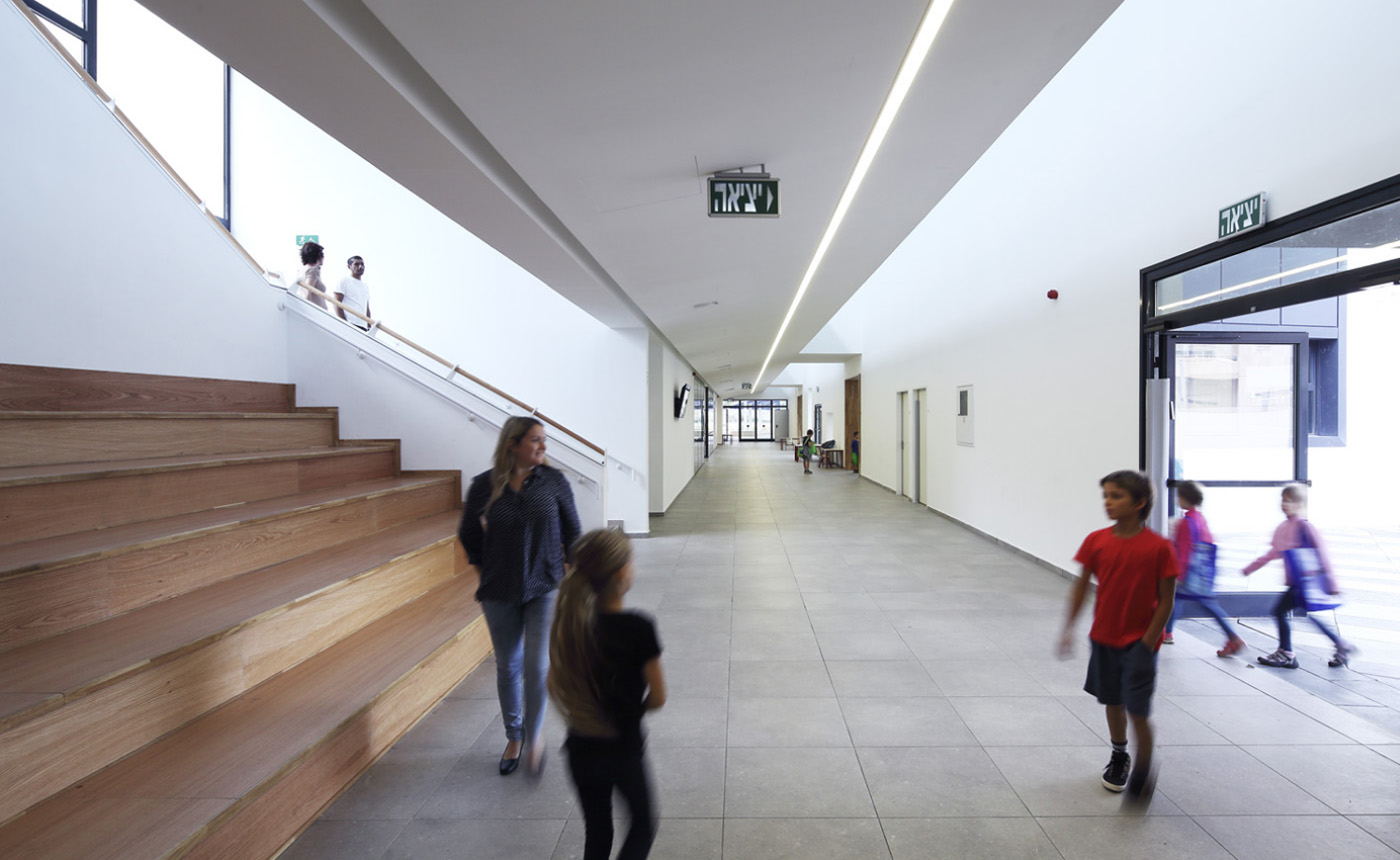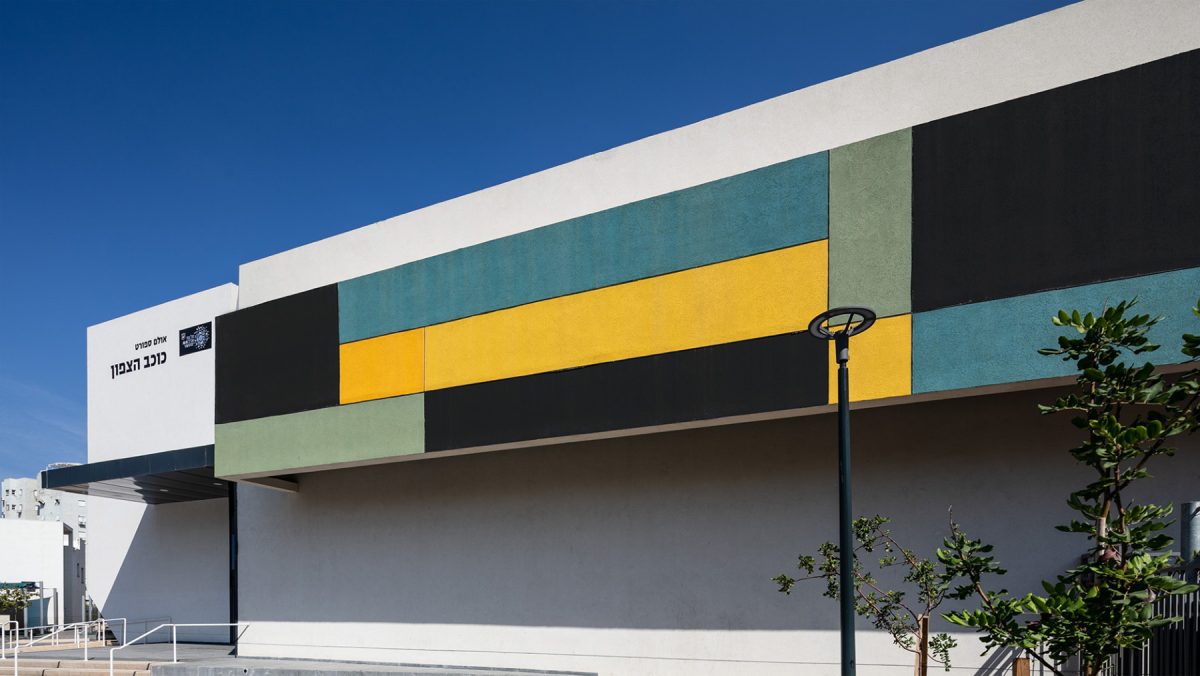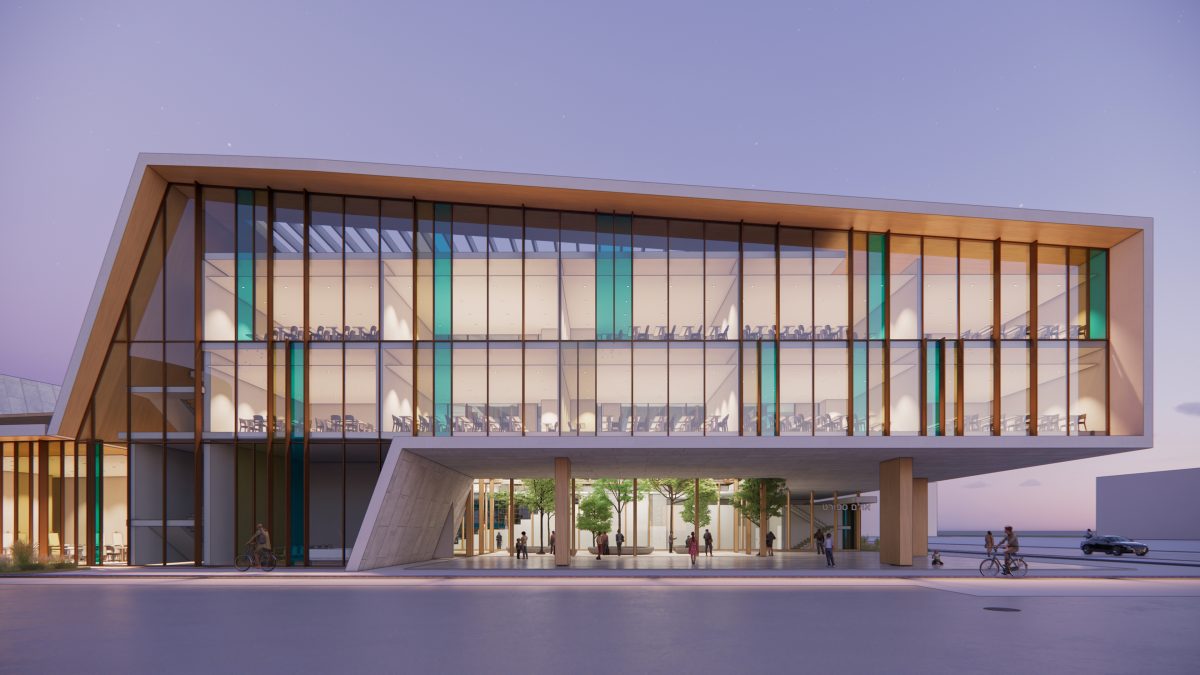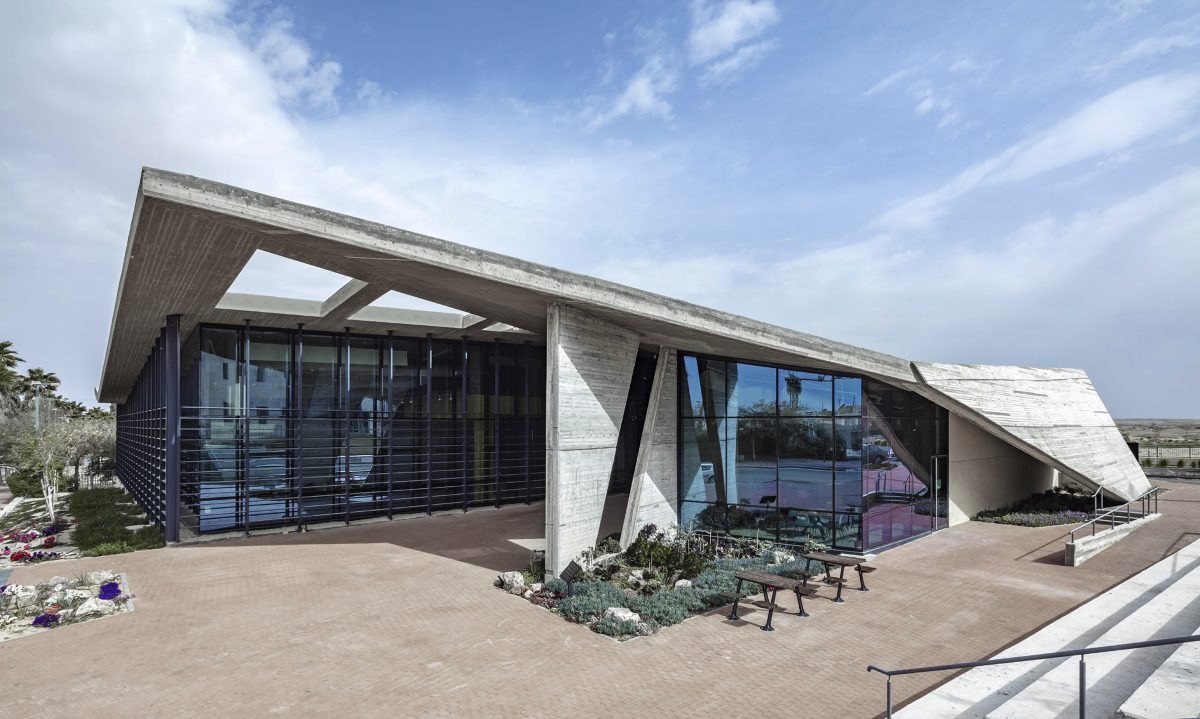
Kochav Ha’tsafon Elementary School
Our most important clients: Kids!
-
Client
Tel-Aviv Municipality
-
Location
Tel Aviv
-
Status
- Completed
-
Program
Elementary School
-
Area
2,500 sqm
-
Services
Architecture, Interior Design
-
Awards
Winner of the 2016 Design Award
-
Categories
- Culture, Civic & Education
We believe that an effective educational space is not just a simple enclosure; it should actively encourage and support a positive learning journey for its occupants. With this in mind, we designed an intimately connected structure for our most cherished clients to date - first to sixth-grade school children.

Our objective was to develop a welcoming and straightforward building that resonates with the young pupils' world. Drawing inspiration from Tel Aviv's White City and the International Style, we incorporated the modest white walls, clean lines, and open courtyards reminiscent of the iconic "Garden City" of Tel Aviv. The unpretentious exterior, featuring white stucco cladding, contrasts with the building's richly colored and textured interior, which includes solid wood frames and vibrant ceramics. Along the southern facade, we designed shading systems that create a dual sensory effect both internally and externally. Inside, slats are positioned away from the wall to form a climate buffer zone, allowing light and airflow into the classrooms. On the exterior, colorful louvers contrast with the white cubes that define the rest of the building. The result is an unembellished yet visually appealing structure filled with natural light, creating an ideal environment for learning and growth.

The "Kohav Hatsafon" school stands as a sustainable building tailored to its local climate. It boasts excellent thermal insulation, north-south facing classrooms, acoustic solutions, and the use of recycled materials. Most importantly, natural light permeates the entire structure, with clearstory windows illuminating the main corridor and inner patios inviting light and greenery into the building. Our design interweaves classrooms and schoolyards along a spacious, well-lit central area that orchestrates pupil movement. The layout is both clear and easily navigable, offering spaces for formal classes and informal playtime.


Spanning 2,380 square meters, the school comprises 12 classrooms, additional rooms, technology and science labs, informal learning spaces, and administrative offices. We selected common Israeli construction materials, such as concrete and plaster, which not only make an architectural and aesthetic statement but also enabled the contractor to complete the project within a record-breaking ten months, just in time for the new school year.

Nestled in the heart of the neighborhood, the modest two-story building and its accompanying yard create a refreshing break in the cityscape, extending the public garden. The 1.5-acre schoolyard can be seen from the surrounding residential towers.

Team Nitzan Levin, Hila Rosenberg, Noam Muskal, Ori Rotem, Ori Halevy Photographer Uzi Porat


